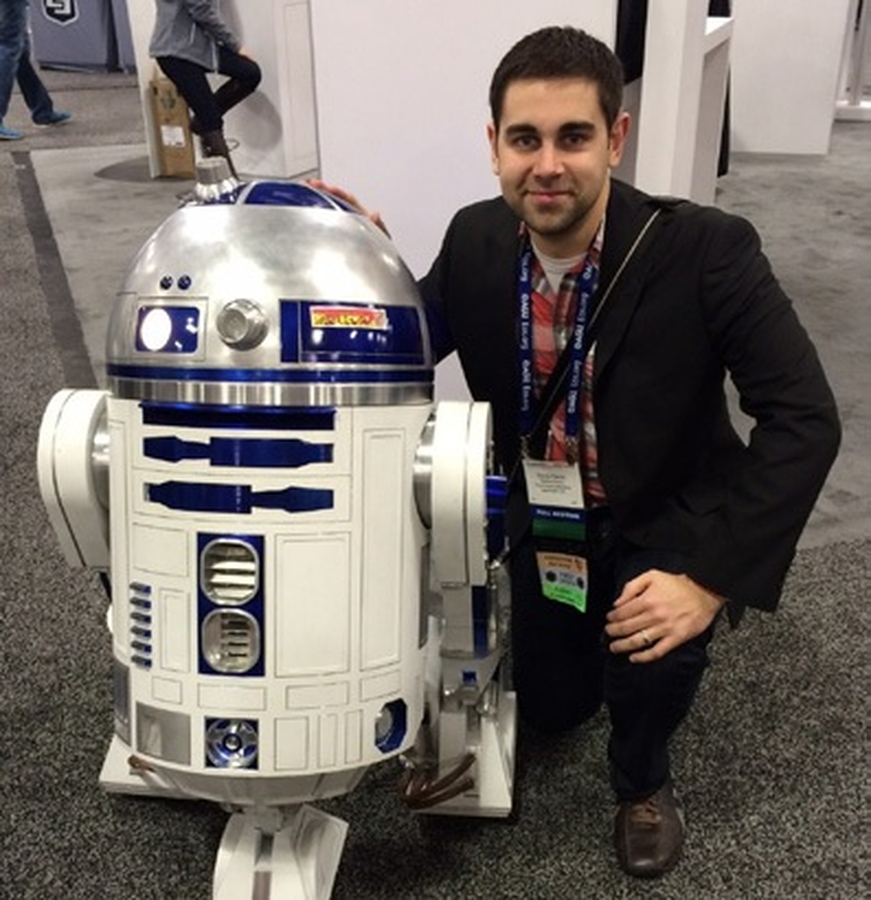If you enjoyed this summer’s spectacular total solar eclipse, you have the Moon to thank for it! But Earth’s only natural satellite and closest cosmic neighbor does a lot more than occasionally block out the Sun in dramatic fashion. It controls ocean tides, gives us stable seasons and climates, and in 4 million years it will finally eliminate the need for February 29th! Eclipses may be the Moon’s most-theatrical display, but to a scientist the real treasure is what the Moon can tell us about Solar System history. Have you ever wondered what you’re looking at when you look at the Moon in the night sky? Is the Moon’s forever-hidden far side different? Does the Moon have the same types of rocks as Earth? What did we find when we went there? Are we ever going back? In this talk, Dr. Elardo will take you on a tour of the geology of Earth’s Moon. We’ll take a stroll through what you can see, look at the fascinating features that you can’t see, dive into the Moon’s interior, jump into the past to find out how it came to be, and take a peek at what’s on the Moon’s horizon.
Dr. Stephen Elardo, Carnegie Geophysical Laboratory
